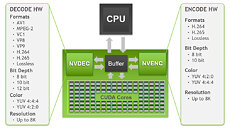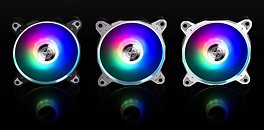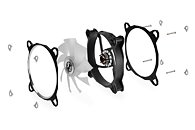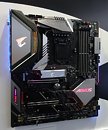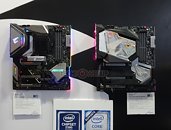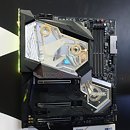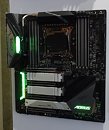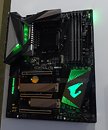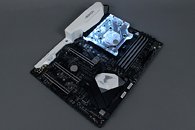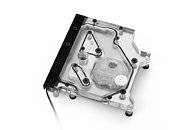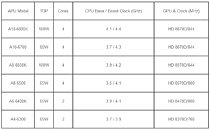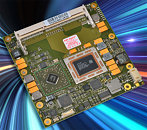
NVIDIA & Storage Industry Leaders Unveil New Class of Enterprise Infrastructure for the AI Era
At GTC 2025, NVIDIA announced the NVIDIA AI Data Platform, a customizable reference design that leading providers are using to build a new class of AI infrastructure for demanding AI inference workloads: enterprise storage platforms with AI query agents fueled by NVIDIA accelerated computing, networking and software. Using the NVIDIA AI Data Platform, NVIDIA-Certified Storage providers can build infrastructure to speed AI reasoning workloads with specialized AI query agents. These agents help businesses generate insights from data in near real time, using NVIDIA AI Enterprise software—including NVIDIA NIM microservices for the new NVIDIA Llama Nemotron models with reasoning capabilities—as well as the new NVIDIA AI-Q Blueprint.
Storage providers can optimize their infrastructure to power these agents with NVIDIA Blackwell GPUs, NVIDIA BlueField DPUs, NVIDIA Spectrum-X networking and the NVIDIA Dynamo open-source inference library. Leading data platform and storage providers—including DDN, Dell Technologies, Hewlett Packard Enterprise, Hitachi Vantara, IBM, NetApp, Nutanix, Pure Storage, VAST Data and WEKA—are collaborating with NVIDIA to create customized AI data platforms that can harness enterprise data to reason and respond to complex queries. "Data is the raw material powering industries in the age of AI," said Jensen Huang, founder and CEO of NVIDIA. "With the world's storage leaders, we're building a new class of enterprise infrastructure that companies need to deploy and scale agentic AI across hybrid data centers."
Storage providers can optimize their infrastructure to power these agents with NVIDIA Blackwell GPUs, NVIDIA BlueField DPUs, NVIDIA Spectrum-X networking and the NVIDIA Dynamo open-source inference library. Leading data platform and storage providers—including DDN, Dell Technologies, Hewlett Packard Enterprise, Hitachi Vantara, IBM, NetApp, Nutanix, Pure Storage, VAST Data and WEKA—are collaborating with NVIDIA to create customized AI data platforms that can harness enterprise data to reason and respond to complex queries. "Data is the raw material powering industries in the age of AI," said Jensen Huang, founder and CEO of NVIDIA. "With the world's storage leaders, we're building a new class of enterprise infrastructure that companies need to deploy and scale agentic AI across hybrid data centers."














